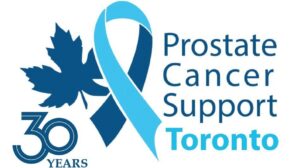Evolution of hypofractionated accelerated radiotherapy for prostate cancer – The Sunnybrook experience
Stereotactic ablative body radiotherapy (SABR) is a newer method of ultra hypo fractionated radiotherapy that uses combination of image-guided radiotherapy (IGRT) and intensity-modulated radiotherapy (IMRT) or volumetric modulated arc therapy (VMAT), to deliver high doses of radiation in a few fractions to a target, at the same time sparing the surrounding organs at risk (OAR). Read this rather technical article. (Free UroToday login required.)

